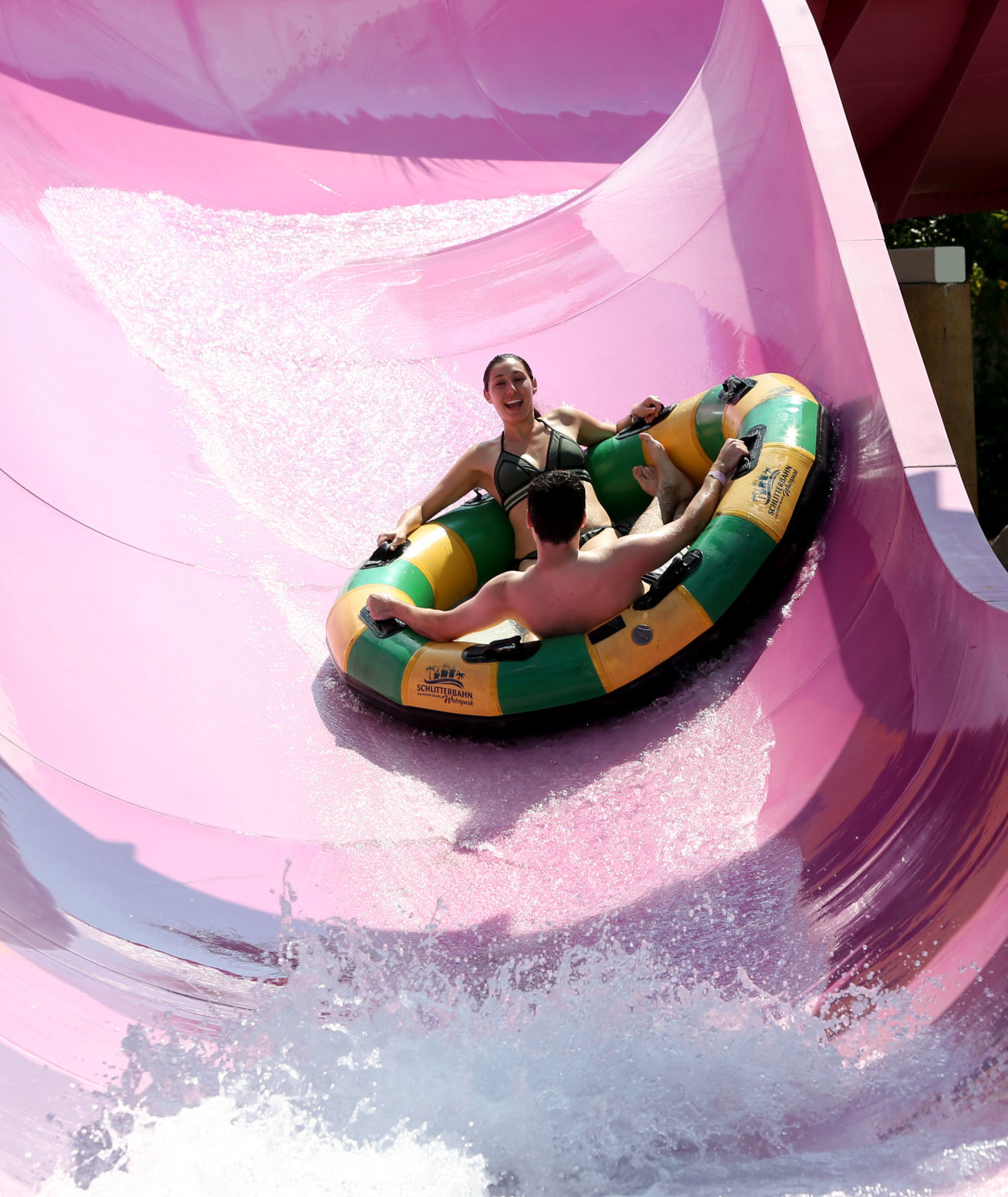

Ĭavalla was recommissioned 15 July 1953 and assigned to Submarine Squadron 10. The conversion included removal of two bow torpedo tubes, along with remodeling the original conning tower and bridge into the sail visible today. The SSK conversion included remodeling Cavalla 's bow with the addition of a curved housing for a BQR-4 sonar system. yard for conversion to a hunter-killer submarine (reclassified SSK-244, 18 February 1953). She was placed out of commission 3 September 1952 and entered Electric Boat Co. Recommissioned 10 April 1951, Cavalla was assigned to Submarine Squadron 8 and engaged in various fleet exercises in the Caribbean and off Nova Scotia. She was placed out of commission in reserve there 16 March 1946. She joined the fleet units entering Tokyo Bay 31 August, remained for the signing of the surrender on 2 September, then departed the next day for New London, arriving 6 October 1945. A few minutes later she was bombed by a Japanese plane that apparently had not yet received the same information or heard the Gyokuon-hōsō radio broadcast. Ĭavalla received the cease-fire order of 15 August while lifeguarding off Japan on her sixth war patrol. Cavalla stood by the damaged submarine and escorted her on the surface to Fremantle, arriving.
Wolfpack island galveston texas full#
A month out on her fifth patrol, the submarine sighted HMS Terrapin, damaged by enemy depth charges and unable to submerge or make full speed. Targets were few and far between, but she came to the aid of an ally on. Fourth and fifth patrols Ĭavalla cruised the South China and Java Seas on her fourth and fifth war patrols. Later in the same patrol, on 5 January 1945 Cavalla made a night surface attack on an enemy convoy and sank two converted net tenders ( Kanko Maru, Shunsen Maru) at 05☀0′S 112☂0′E / 5.000°S 112.333☎ / -5.000 112.333. The companion destroyer began depth charge attacks, while Cavalla evaded on the surface. On 25 November 1944, during her third patrol, Cavalla encountered two Japanese destroyers and made a surface attack which destroyed the Shimotsuki at 02☂1′N 107☂0′E / 2.350°N 107.333☎ / 2.350 107.333. The feat earned her a Presidential Unit Citation.Ĭavalla's second patrol took her to the Philippine Sea as a member of a wolfpack operating in support of the invasion of Peleliu 15 September 1944. After a severe depth charging by three destroyers, Cavalla escaped to continue her patrol, having suffered relatively minor damage by depth charges from the Urakaze. On 19 June, she caught the carrier Shōkaku recovering planes, and quickly fired a spread of six torpedoes, with three hits.

Cavalla tracked the force for several hours, relaying information which contributed to the United States victory in the Battle of the Philippine Sea (commonly known as the "Marianas Turkey Shoot") on 19–20 June 1944. On her maiden patrol Cavalla, en route to her station in the eastern Philippines, made contact with a large Japanese task force on 17 June. On the sub put to sea on active service for the first time.

4 × high-speed General Electric electric motors with reduction gears ġ1,000 nmi (20,000 km) surfaced at 10 kn (19 km/h).4 × General Motors Model 16-248 V16 Diesel engines driving electric generators.Museum ship at Galveston, Texas as of 21 January 1971 She is in hunter-killer submarine (SSK) configuration, with a streamlined sail and large bow sonar housing for the BQR-4 sonar system.Įlectric Boat Company, Groton, Connecticut Cavalla, possibly making her way to the International Naval Review in Norfolk, Va., 1957.


 0 kommentar(er)
0 kommentar(er)
